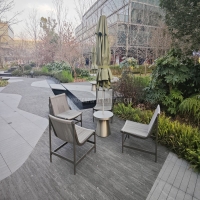Welcome to the website for landscape facilities products and knowledge.
What are the differences between single-piece and multi-piece construction methods?
When it comes to construction methods, single-piece and multi-piece techniques represent two distinct approaches with unique advantages and applications. Single-piece construction involves creating a structure or component as a unified whole, often through processes like casting or molding. This method is renowned for its seamless integrity, reduced joint vulnerabilities, and streamlined production. It's commonly used in projects requiring high durability, such as aerospace components or monolithic concrete structures.
On the other hand, multi-piece construction assembles separate pre-fabricated parts into a final structure. This approach offers greater flexibility, easier transportation, and simplified repairs or modifications. It's widely employed in modular buildings, automotive manufacturing, and large-scale infrastructure projects where adaptability is key.
Key differences include:
1. Structural Integrity: Single-piece methods minimize weak points, while multi-piece designs may introduce joints that require additional reinforcement.
2. Production Efficiency: Multi-piece construction often allows for parallel manufacturing of components, speeding up timelines.
3. Cost Factors: Single-piece techniques may have higher initial tooling costs but lower long-term maintenance expenses.
Understanding these differences helps engineers and architects select the optimal method based on project requirements, budget constraints, and performance expectations.
Related search:

Recommendation
Metal structure rattan chair without armrests for single person, with woven seat and backrest.